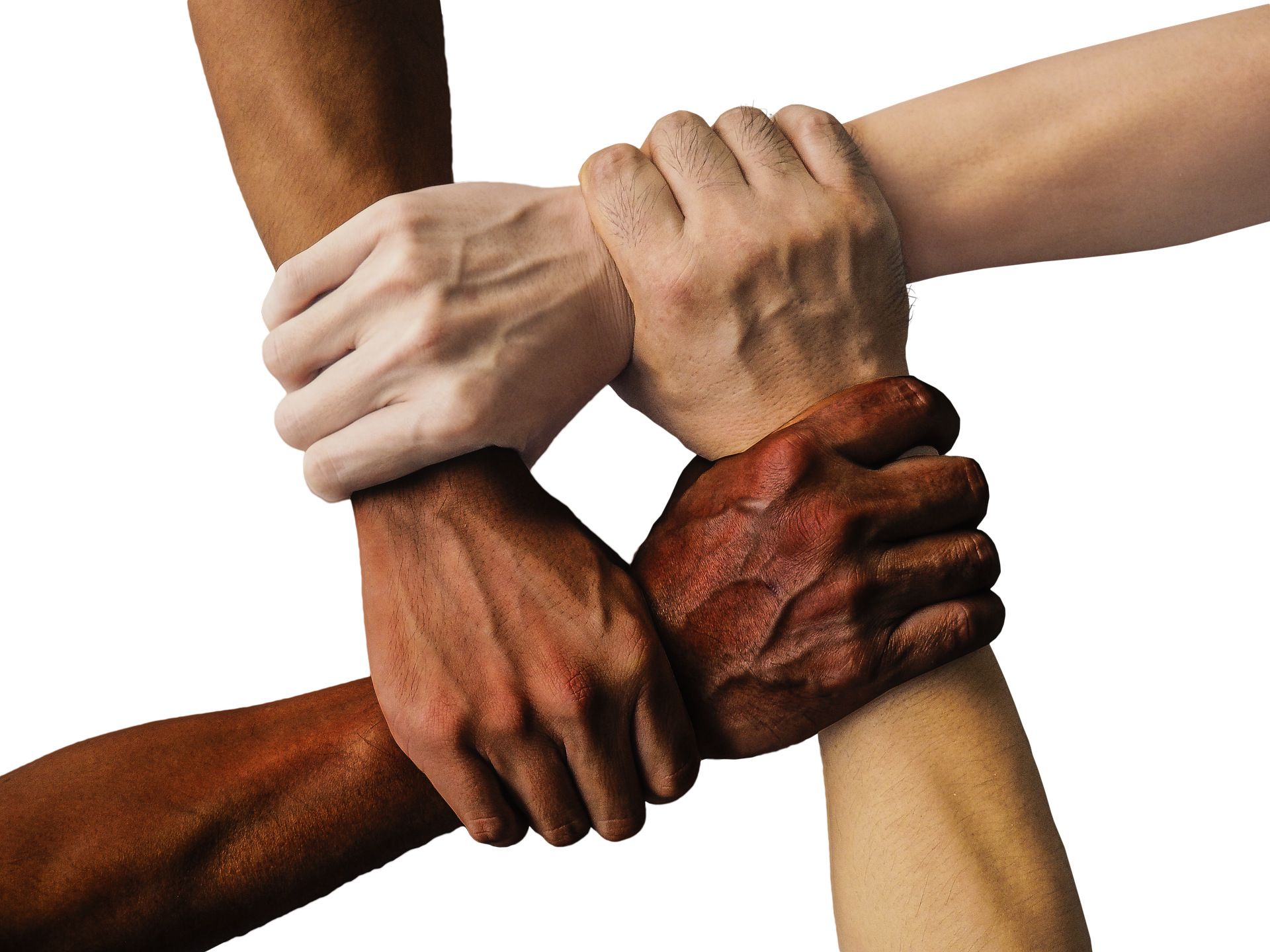Change the Soil, Not the Seed: Implementing Organizational Change to Support Diversity and Inclusion
May 11, 2017In the latest installment of the Distinguished Speaker Series, Mustafa Özbilgin and Michalle Mor Barak discussed how to effectively institute diversity and inclusion on an organizational level.
Implementing the principles of diversity and inclusion into various aspects of society has long been a goal of social scientists around the globe. Yet in large private and public organizations, this goal remains elusive. Questions remain of how best to enact these principles and whether they imperative to growth.
Mustafa Özbilgin, professor of Organizational Behavior at the Brunel Business School in London, has spent his career unpacking these questions. He spoke about how his doctoral dissertation on gender equality in the Turkish and British banking industries has framed his approach to the issue.

Özbilgin was curious as to why Turkey, a country with worse overall gender equality than the UK, had more women in senior-level banking roles. He found that the answers could be found by looking to each country’s history: Britain’s 300-year-old banking industry rarely sees change, while Turkey’s has experienced radical reform. With that, Özbilgin realized the importance of contextualizing particular institutions — some more amenable to change than others — when considering their approaches to diversity and inclusion.
Institutions Influencing Individuals
Inclusion is made up of two components: one is recognizing a person’s uniqueness, and the second is giving them a sense of belonging. Özbilgin detailed how organizations traditionally frame diversity and inclusion, emphasizing etic (or outsider) and emic (or insider) perceptions. The former often focuses on gender, race, class, and sexual identity, while the latter tends to be localized in context and more difficult to detect.
An interesting example of the way that history and institutional structure give meaning to diversity and inclusion can be found in the US military’s controversial, now defunct, “Don’t Ask, Don’t Tell” policy, which barred openly homosexual members of the LGBT community from serving in the armed forces. Since the US military does not conscript soldiers into service, hiding their sexuality and conforming to this norm was once the only way for LGBT soldiers to serve. Meanwhile, in Turkey, a country that does not allow openly gay soldiers to serve, all men of a certain age must serve in the military. This leads to many cases of LGBT soldiers openly displaying their sexuality in order to avoid service in a highly discriminatory environment.
In the first case, the US military is trying to be inclusive of gays and lesbians in the service, while Turkey is actively excluding this group simply because they are gay. In essence, the institutions themselves shape individuals’ self-perceptions and public identities. While it may be too early to see how institutional change affects diversity and inclusion in the US military, the Israeli Defense Forces have experienced widespread success since the 1996 decision to permit openly gay soldiers to serve, both in terms of operations and the happiness of its members.
In fact, inclusion yields a host of benefits both on a micro and macro scale. Michalle Mor Barak, dean’s professor of social work and business at the USC Suzanne Dworak-Peck School of Social Work, explained that inclusion makes way for better individual well-being, job satisfaction, employee retention, group cohesion and effectiveness. In order to achieve impactful inclusion, Özbilgin and Mor Barak advised that institutions must adjust to accommodate their members instead of rigidly trying to mold members to fit their needs. “We change the soil, we don’t fix the seed,” Özbilgin remarked.
Diversity and Inclusion in Action
Özbilgin touched on how organizations could apply diversity and inclusion principles to the current influx of refugees into Europe and beyond. For example, he told the story of a Syrian military dentist who moved to Sweden, but could not find a job because his credentials were not recognized in Sweden. What’s more, he could not attend the Catholic church because of his sexuality.
These types of blockades are all too common. The assumption among many is that refugees drain host country resources, but Özbilgin has found that they can actually revitalize communities and economies. Refugees have “created economies which did not exist before,” according to Özbilgin. He cited the benefits that professional services firm PricewaterhouseCoopers enjoyed after hiring refugees, as well as the impact of migrants during Detroit’s golden age.
Global Value Chain
This integration plays into a concept that Özbilgin calls the “global value chain.” Many companies celebrate gender and racial diversity and inclusion in their boardrooms, but their successes are at the expense of third-world laborers. A diversity approach to the global value chain, Özbilgin argued, will compel organizations to stop neglecting or abusing certain groups in order to achieve success on the home front. Mor Barak cited a model from her book, Managing Diversity: Toward a Globally Inclusive Workplace, that organizations can adopt in order to be more inclusive — not just at their U.S.-based offices, but globally as well.
Diversity and inclusion are very important principles at the USC Suzanne Dworak-Peck School of Social Work. Outside of the speaker series, students can explore issues and methodologies of diversity and inclusion through the MSW’s Community, Organization, and Business Innovation department.